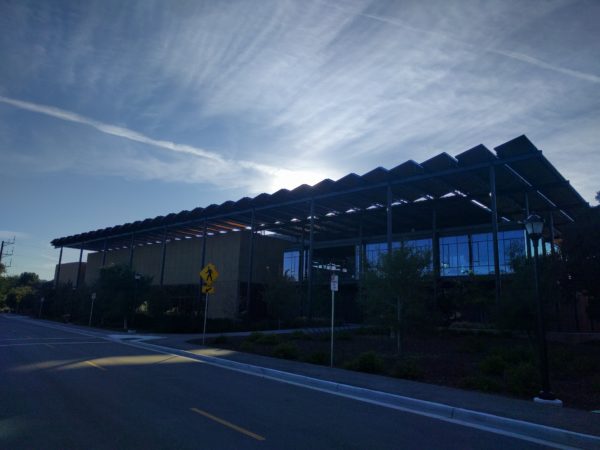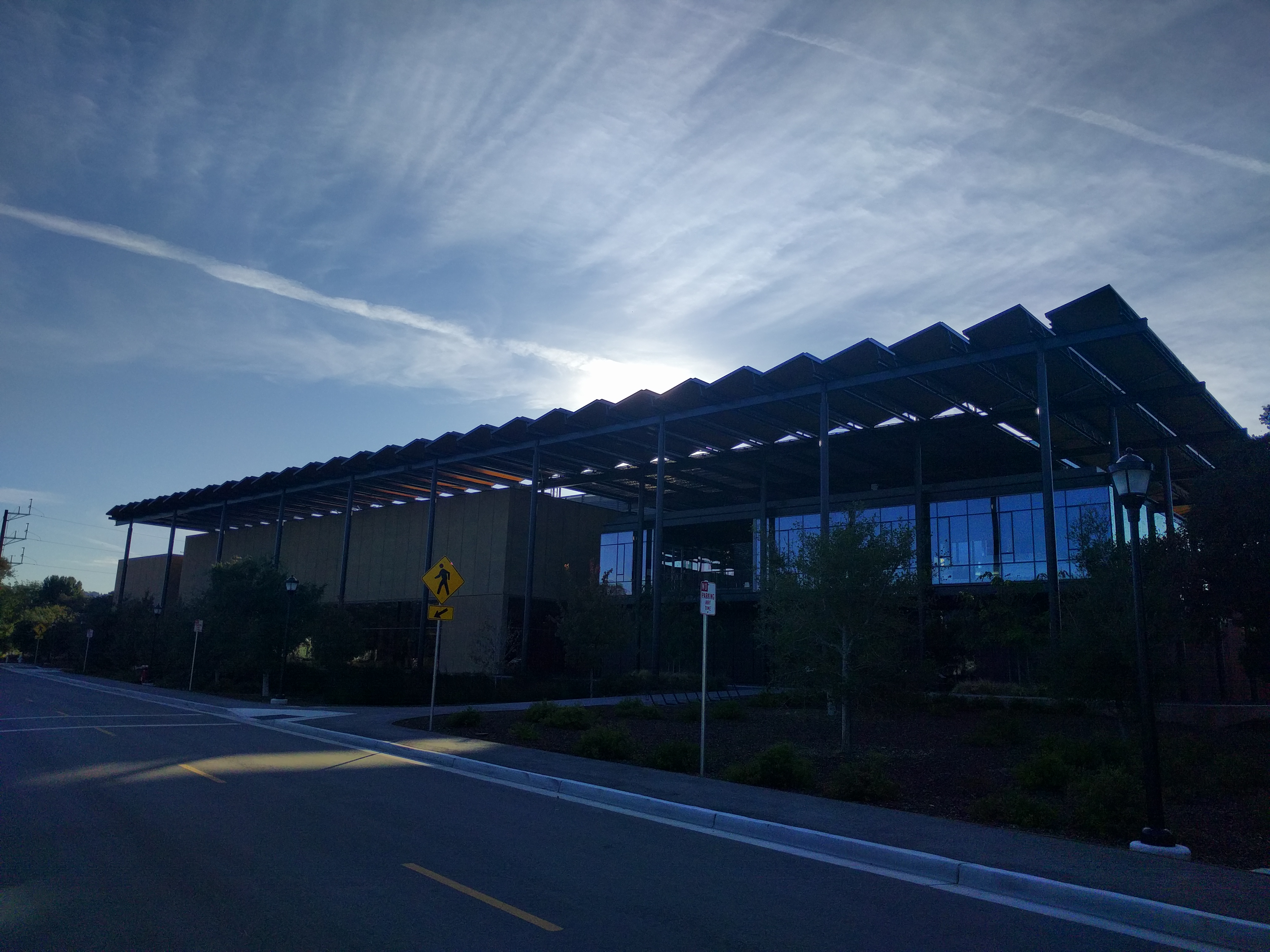
Stanford hopes to set the bar for sustainability with the completion of its new solar expansion project in November, the latest milestone in the University’s push toward more renewable energy.
The expansion, which includes a solar plant in Southern California as well as 16 new rooftop solar panels on buildings throughout campus, will join existing rooftop panels to produce 53 percent of the University’s energy by the end of 2016. After these additions, 65 percent of the University’s energy will provided by renewables, more than double the current percentage.
Joseph Stagner, Executive Director of Sustainability and Energy Management at Stanford, hopes this project will help increase sustainability education on campus.
“We want to reach out, excite and educate as many students that pass through Stanford as possible,” Stagner said. “That’s where the power lies: in the knowledge, education and commitment of those who leave Stanford.”
The solar expansion project joins other sustainability efforts by the University, such as the expansion of the number of electric vehicles in the Marguerite bus fleet, in order to increase the visibility of renewable energy at Stanford.
“It gives us a segue to talk to students about the value proposition of solar power and renewable energy,” Stagner said of the presence of solar energy on campus.
This year, Stanford was ranked fifth on Sierra Magazine’s list of Cool Schools, which seeks to compare different colleges’ commitments to environmentalism. The ranking system is based on school administration’s responses to a survey that includes questions about campus energy use, sustainability education and transportation.
Stagner hopes that the solar expansion project will cement Stanford’s role as a paragon of renewable energy by setting an example for universities across the country.
“Imagine the influence we could have on others if we could get 100 universities to do the same thing,” Stagner said.
However, some are concerned that the solar expansion project does not make enough progress in moving the University toward a more sustainable future.
Among those concerned is Fossil Free Stanford. Fossil Free urges the University to add full divestment from fossil fuel companies to its sustainability efforts.
Hanna Payne ’19, who leads media for Fossil Free, explained the desire for a more exhaustive sustainability solution.
“Stanford can make a political statement and have a huge influence on other universities and institutions by divesting,” she said. “While we commend the University for its initiatives regarding renewable energy both on campus and in the greater network of sustainability, we would also like to emphasize that movement towards renewable energy is not enough by itself. We hope that Stanford will not use its successes in renewable energy as an excuse for further inaction on climate justice and fossil fuel divestment.”
2016 marks the first year that Sierra Magazine considered whether schools had committed to divestment from fossil fuel companies in their Cool School rankings. Stanford earned 50 out of 95 possible points in the investments category of the ranking system, ranking eighth among all participating schools.
According to a statement on Stanford and climate change by the Board of Trustees, the University only considers divestment when the “demonstrated social injury by a company substantially outweighs any social benefits it provides.” This criteria led to the decision by the Board of Trustees not to divest from fossil fuel companies.
“We believe the long-term solution is for all of us to reduce our consumption of fossil fuel resources and develop effective alternatives,” the Board of Trustees said in the statement. “Stanford will remain a leader in developing such alternatives.”
Contact Zoe Sayler at zoeneile ‘at’ stanford.edu.
